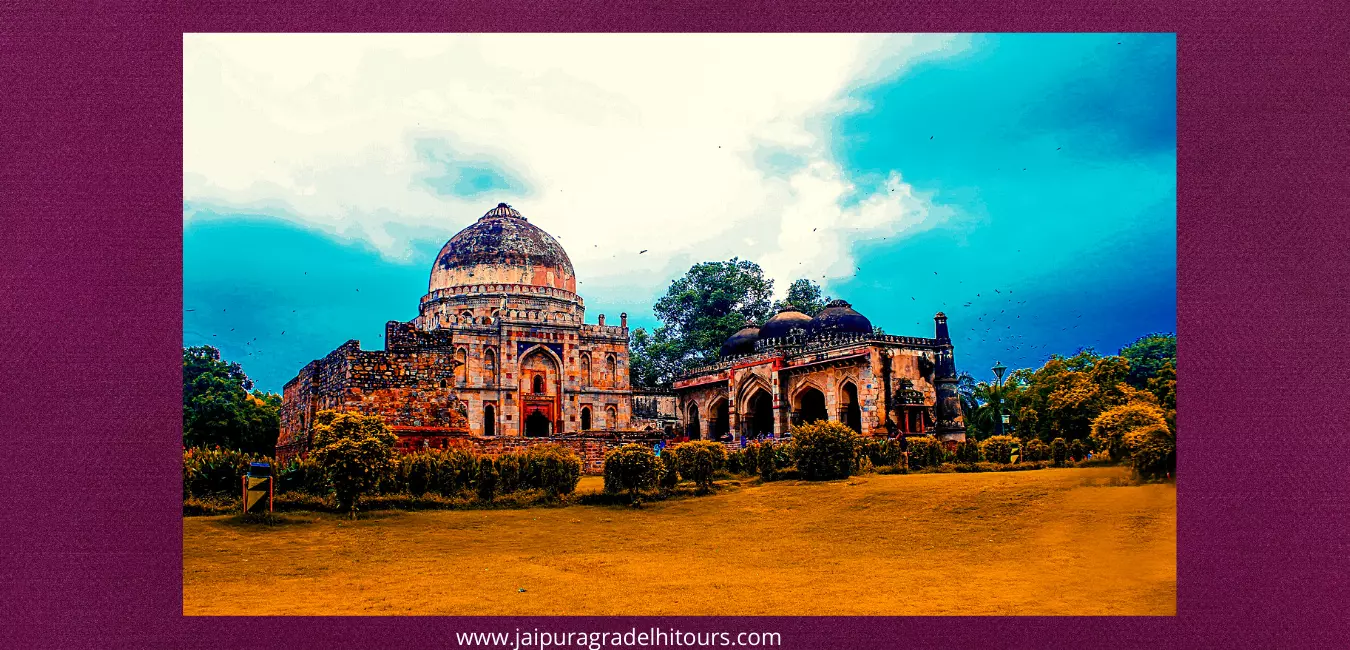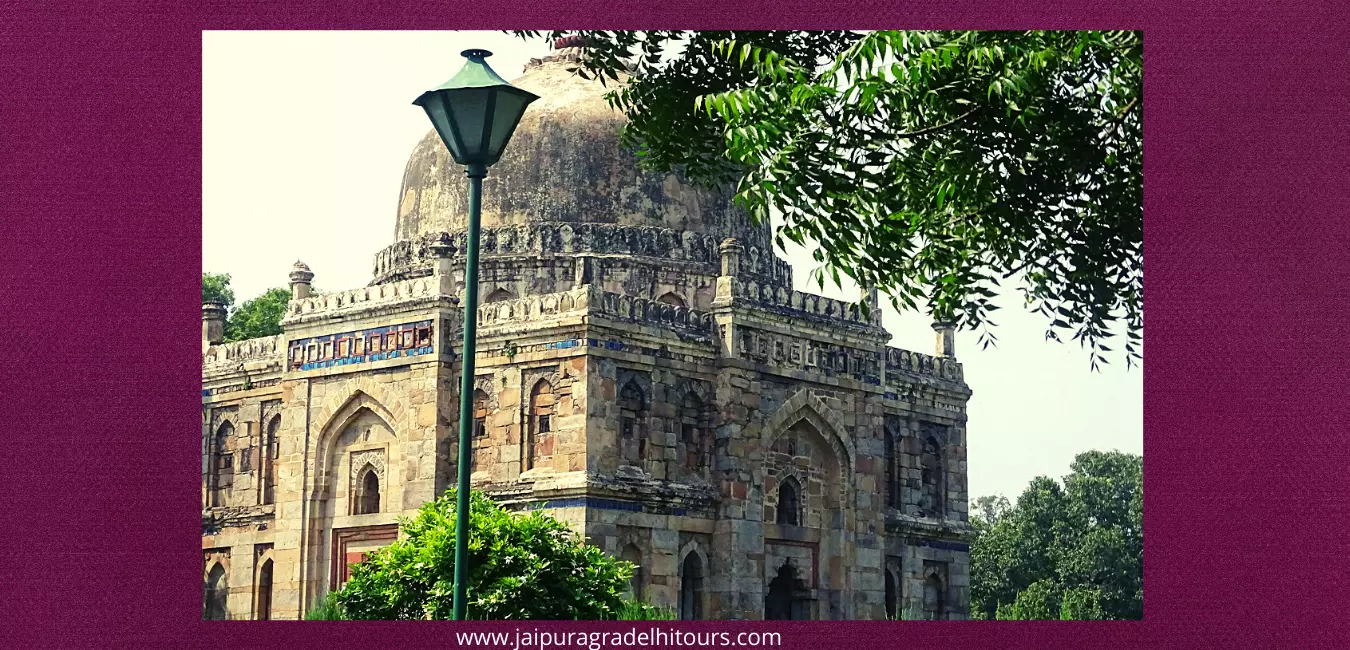Lodhi Garden in Delhi is an attractive garden located near Safdarjung Tomb and Khan Market in, Delhi. The 2 prominent dynasties of sultans tombs of Sayyid ruler Mohammad Shah and King Sikandar Lodhi of the Lodhi dynasty remain in this beautiful Lodhi Park. Lodhi Park was also known as ‘Lady Willingdon’ Park. But after independence, the name of this park was changed to Lodhi Garden.
Along with the beautiful environment, Lodhi Garden in Delhi has become a great place for people to spend mornings and evenings here, as well as tourists from far and wide also come to admire the beauty of this place. If you also want to know the things related to this beautiful garden, then definitely read our article completely for Lodhi Garden in Delhi.
Lodhi Garden in Delhi has a rose garden, a small lake and a greenhouse to explore. Many different types of plants and animals can also be seen here. Such as owls, sheaths, kites, babblers, parakeets, kingfishers and hornbills etc.
Once you enter Lodhi Garden in Delhi, you can feel the history floating in the air. Today it is one of the best joggers park in Delhi. You can see a large number of people every morning at Lodhi Garden in Delhi. Some are jogging and some are doing yoga or meditation. The surrounding environment also comes alive with the green environment.
Lodhi Garden in Delhi is located near India International Centre. Just three kilometers away from Humayun’s tomb . It is one of the historical parks of Delhi. Lodhi Garden in Delhi houses the tombs of Sayeed and Lodhi rulers.
Lodhi Garden in Delhi was built between the 15th and 16th centuries. It was built by the Sayid and Lodhi rulers. This garden is still very well maintained. The historical monuments present here are the center of tourist attraction.
The Lodhi Garden in Delhi was redesigned by JA Stein and Garrett Ekbu in 1968. It took the shape of today.











